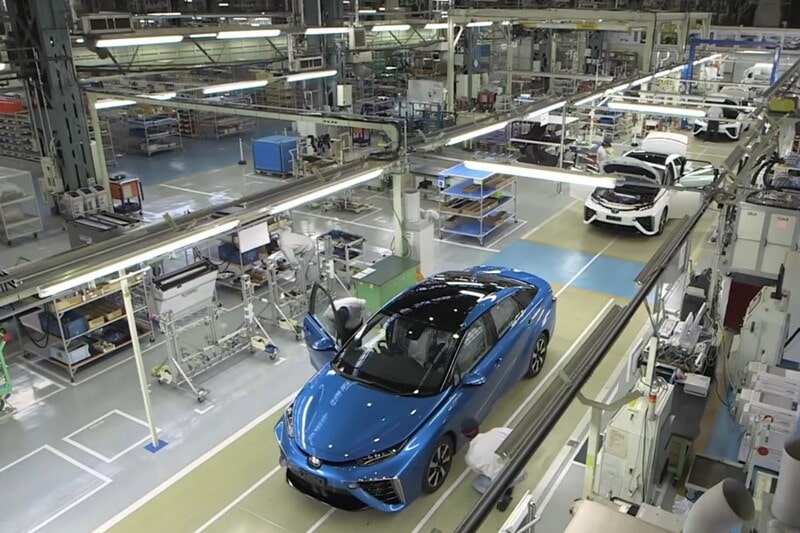Lean management, Lean office, 5S optimization
Simplify work, remove waste, and build value, in production and beyond.
The courses Lean Thinking, Lean Office, and 5S are grouped together because they are based on the same principles: simplicity, efficiency, and continuous improvement. They are designed for people working in production or services who want to apply smart organizational methods, reduce waste, and increase the value created.
1 - Lean Management
The course introduces the core principles of Lean Thinking: customer value, waste elimination, flow, pull production, and continuous improvement. It includes real-world cases and teaches how to observe processes with fresh eyes, identifying inefficiencies and simplification opportunities.
When to take this course
Redundant or fragmented processes with unnecessary steps.
Dissatisfaction from internal or external customers about quality or lead time.
Lack of a structured culture of continuous improvement.
Key topics covered
- Value stream.
- Value and quality.
- The 7 muda (types of waste).
- How to think lean.
- Toyota Production System (TPS) .
- Kaizen and continuous improvement.
- Push vs pull systems.
- Just-In-Time (JIT) and one-piece-flow.
Successful applications in companies
- Assembly line operators learned that each phase is part of an integrated system: a mistake in one area affects the final product quality.
- The course helped workers and technicians create a shared language and vision, allowing structured improvement activities to finally take root.
2 - Lean Office
This course applies Lean principles to office environments, often neglected in optimization projects. It analyzes information flows, document management, response times, and back-office activities, with the goal of improving service quality and reducing delays.
When to take this course
Employees overwhelmed by repetitive and untraceable tasks.
Slow or error-prone administrative or information processes.
Poor visibility on internal office outputs.
Key topics covered
- Value flow in transactional processes.
- Value and quality in services.
- The 7 types of office waste.
- Don’t digitalize waste.
- Kaizen and continuous improvement in office settings.
Successful applications in companies
- A service company redesigned its process from service creation to delivery, making it more aligned with external customer needs. Redundancies and conflicts between internal clients (department heads) were eliminated, improving overall efficiency.
3 - 5S optimization
This course presents the 5S method for organizing workspaces. It is a practical and visual system that improves order, safety, efficiency, and motivation. 5S builds the discipline required for daily improvement.
When to take this course
Disorganized work areas or materials that are hard to find.
Accidents or waste caused by poorly managed spaces.
Need to build shared and visible habits.
Key topics covered
- The 5 Japanese words behind the method.
- 5S in production departments.
- 5S and autonomous maintenance in TPM (Total Productive Maintenance) .
- 5S in offices and digital workflows.
Successful applications in companies
- Several 5S projects launched in both production and office areas led to better workplace climate (more cooperation, less tension), higher efficiency (less time lost), and better quality (fewer defects due to missing tools or information).
Make your workspace more efficient, organized, and value-driven: start thinking lean.

every detail reflects the Toyota approach: pull flow, 5S, and continuous improvement in action.
← Back to list